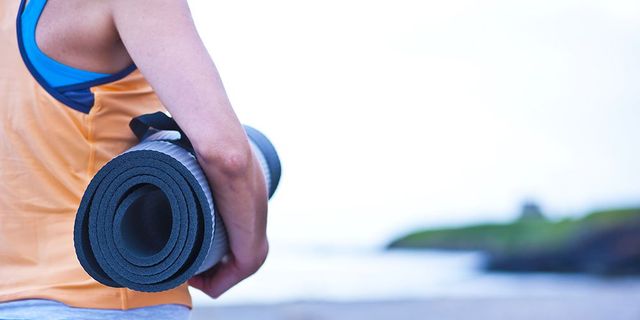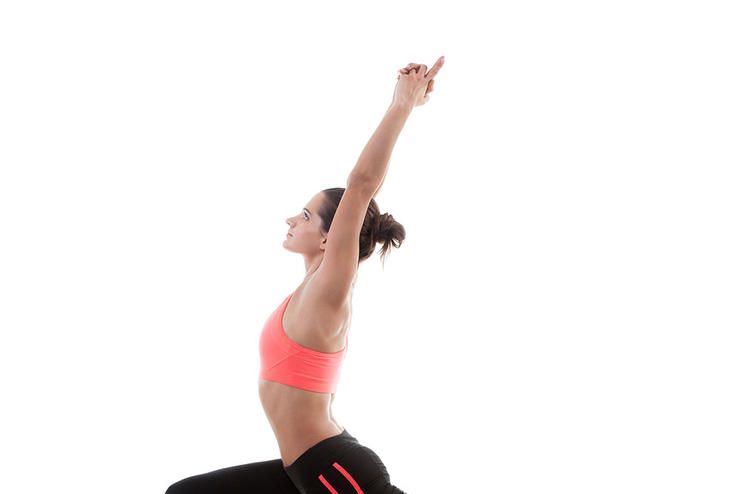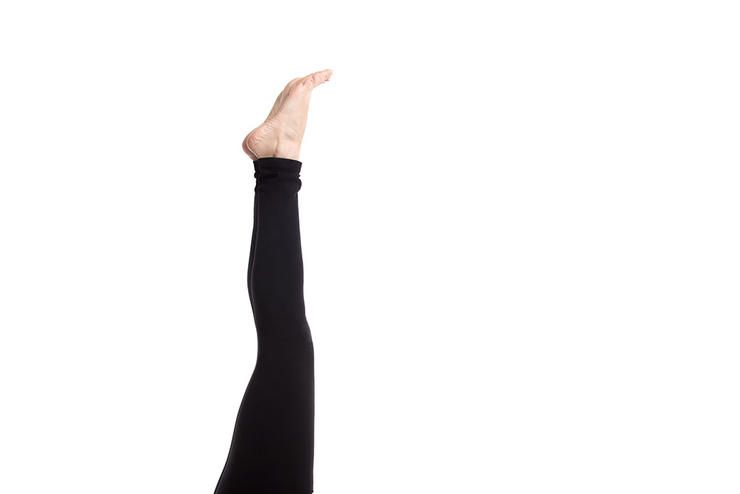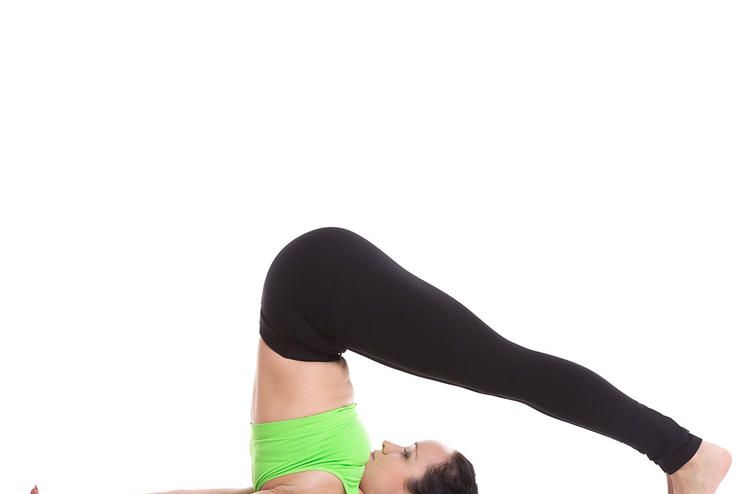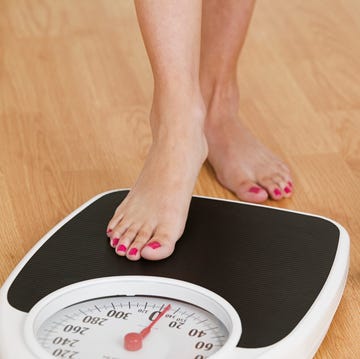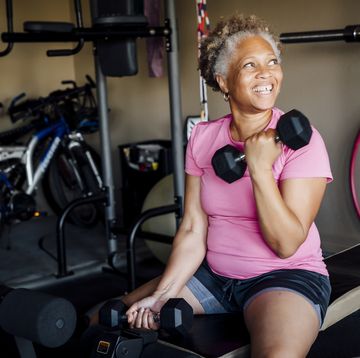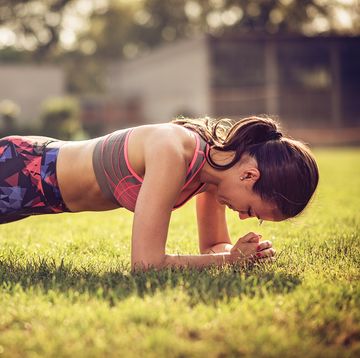4 Best Yoga Poses If You Have Allergies Or Asthma
It can help boost mood, release stress, and improve flexibility, but yoga can also be your new go-to workout when it comes to battling your allergies.
In a 2012 study published in the Indian Journal of Physiology and Pharmacology, researchers compared lung function and diffusion capacity (how well the lungs process air) of people with asthma before and after 2 months of practicing yoga. They found that pranayama yoga breathing and stretching postures increased respiratory stamina, relaxed the chest muscles, expanded the lungs, improved energy levels, and helped calm the body.
MORE: 5 Essential Yoga Poses You Should Do Every Morning
When you practice yoga, especially one of the less-vigorous forms, you relax your mind and your immune system. According to Yoga Journal, the best way to use yoga for relaxation is to perform it smoothly and slowly. Further, yoga instructors discourage allergy and asthma sufferers from engaging in certain yoga forms, including Bikram or "hot yoga," which is done in a room that is at least 105°F and at 60% relative humidity, as well as Ashtanga yoga, which is an intense and physical yoga form.
As you practice yoga, try to steer clear of forceful breathing through your nostrils, which can be uncomfortable and difficult if you are congested. Instead, do a short inhalation followed by a long, slow exhalation, which is more calming for your body and mind.
MORE: How To Add Weights To Your Yoga Routine
In general, standing poses that involve forward and backward bends and twists, like the Shoulder Stand Pose and the Plow Pose, massage your spine and thoracic cage and help condition your lungs, thus strengthening your immune system. There are also a few specific yoga poses that can help with asthma and allergy symptoms.
This article was originally published by our partners at RodaleWellness.com.
Watch Next

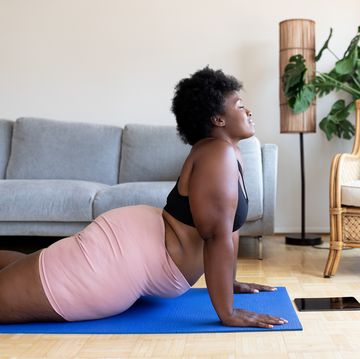
Download the Best Workout Apps of 2024

Burn Calories, Build Bones

Easy Stretches to Ease Your Lower Back Pain

Denise Austin Shares ‘Mini Squat’ Workout
